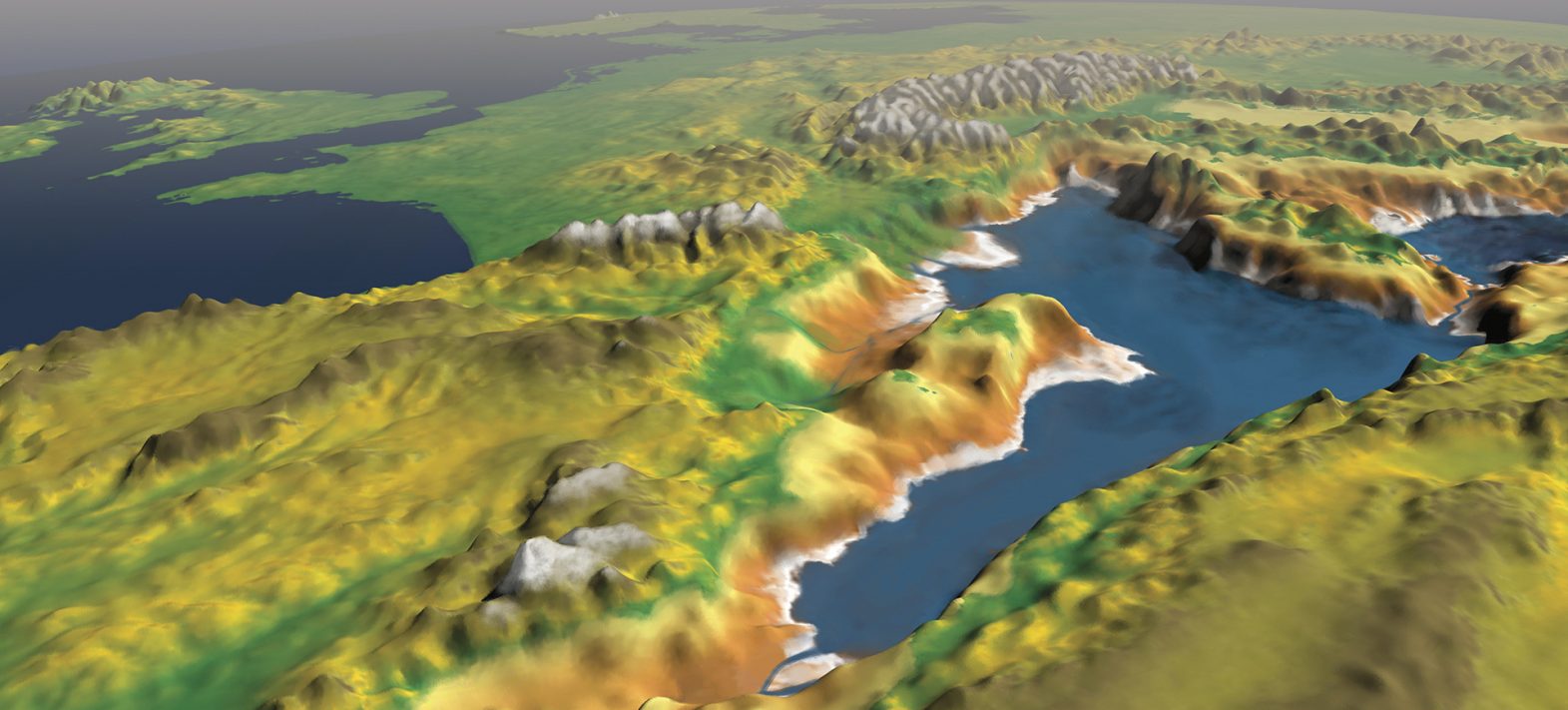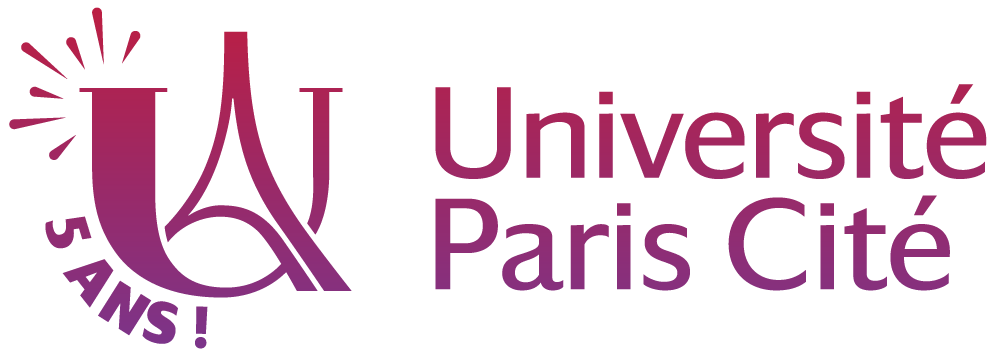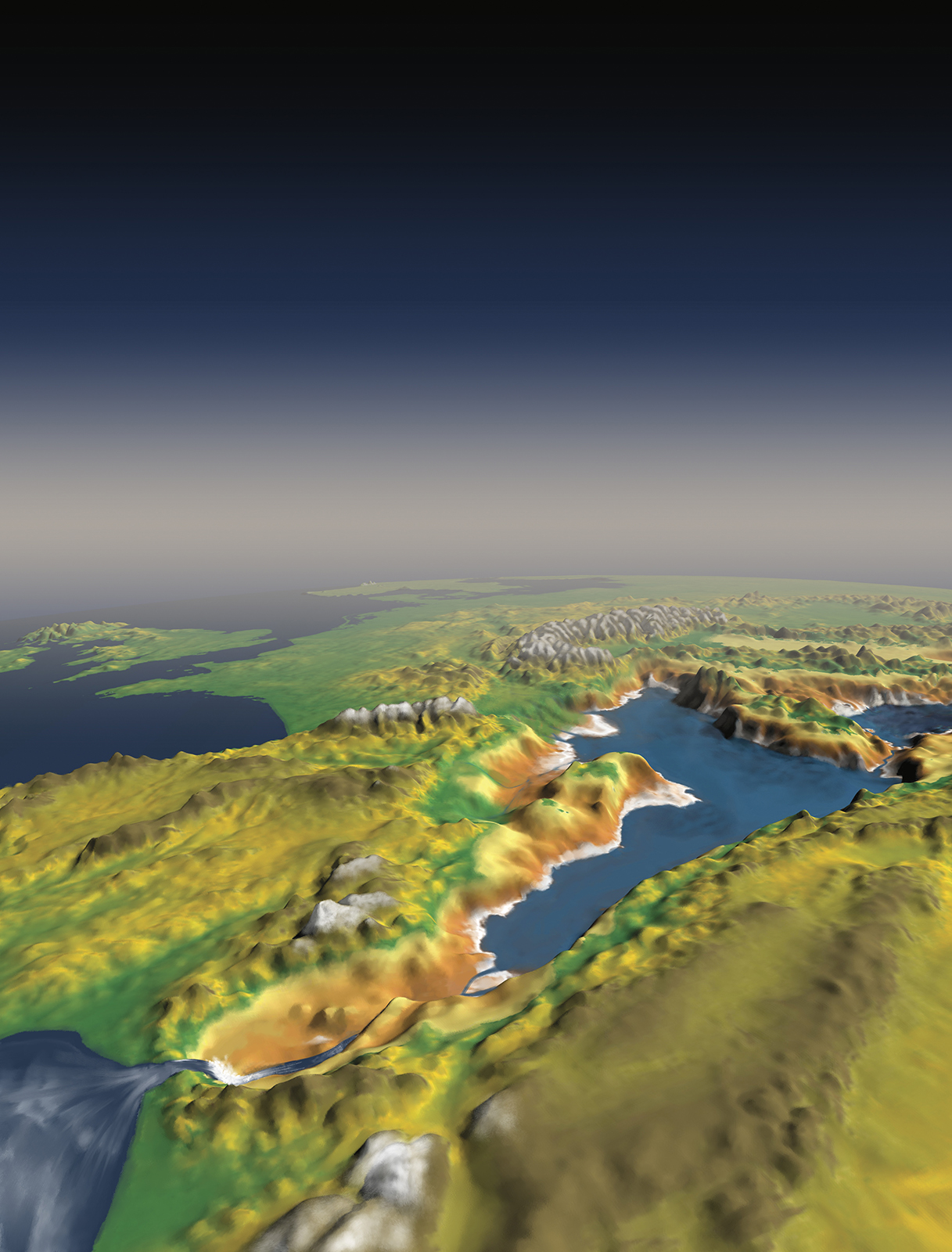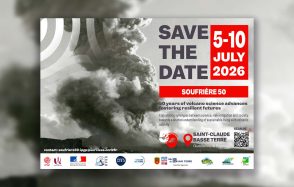How 70% of the Mediterranean Sea was lost 5.5 million years ago
A team led by Giovanni Aloisi, CNRS researcher and geochemist at the IPGP, has highlighted just how significantly the level of the Mediterranean Sea dropped during the Messinian Salinity Crisis – a major geological event that transformed the Mediterranean into a gigantic salt basin between 5.97 and 5.33 million years ago1. Until now, the process by which a million cubic kilometres of salt accumulated in the Mediterranean basin over such a short period of time remained unknown.











